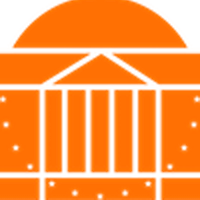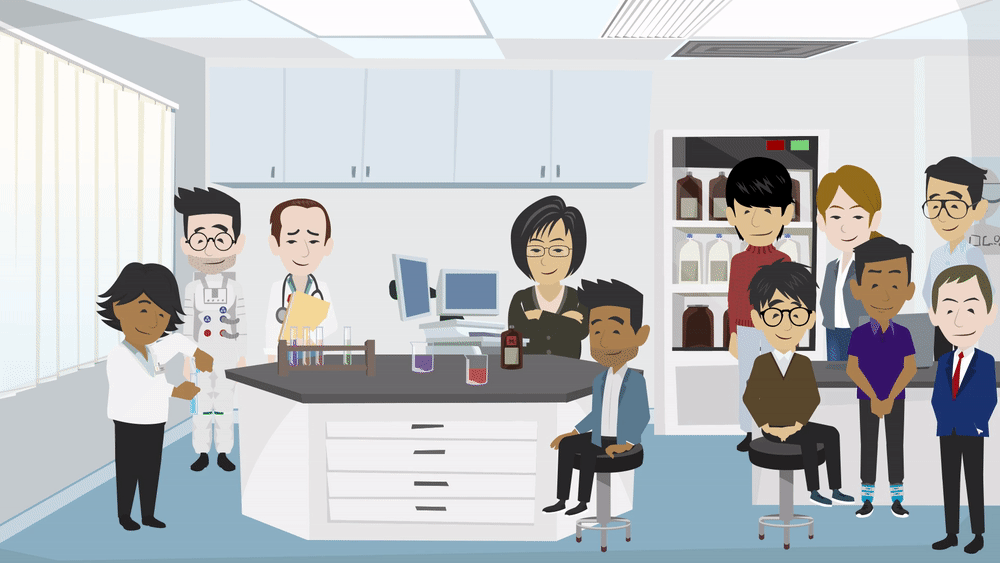seeking superhuman explanations
senior researcher at microsoft research (deep learning group) ; phd from berkeley (with prof. bin yu)
seeking superhuman explanations
senior researcher at microsoft research (deep learning group) ; phd from berkeley (with prof. bin yu)
| year | title | authors | tags | paper | code | misc |
|---|---|---|---|---|---|---|
| '25 | Mixture of Inputs | zhuang et al. | 🌀 | arxiv | ||
| '25 | OmniGuard | verma et al. | 🌀 | arxiv | ||
| '25 | Systematic Bias in Clinical Decision Instrument Development | obra, singh, et al. | 🔎💊 | medrxiv | ||
| '25 | Analyzing patient perspectives with llms | kornblith*, singh* et al. | 💊🌀 | nature scientific reports | ||
| '25 | Simplifying DINO via Coding Rate Regularization | wu et al. | 🌀 | icml | ||
| '25 | Towards Understanding Graphical Perception in Large Multimodal Models | zhang et al. | 🌀 | arxiv | ||
| '25 | Vector-ICL: In-context Learning with Continuous Vector Representations | zhuang et al. | 🔎🌀 | iclr | ||
| '24 | Crafting Interpretable Embeddings by Asking LLMs Questions | benara*, singh*, morris, antonello, stoica, huth, & gao | 🧠🔎🌀 | neurips | ||
| '24 | Generative causal testing to bridge data-driven models and scientific theories in language neuroscience | antonello*, singh*, jain, hsu, gao, yu, & huth | 🧠🔎🌀 | arxiv | ||
| '24 | Interpretable Language Modeling via Induction-head Ngram Models | kim*, mantena*, et al. | 🧠🔎🌀 | arxiv | ||
| '24 | Rethinking Interpretability in the Era of Large Language Models | singh, inala, galley, caruana, & gao | 🔎🌀 | arxiv | ||
| '24 | Towards Consistent Natural-Language Explanations via Explanation-Consistency Finetuning | chen et al. | 🔎🌀 | COLING | ||
| '24 | Learning a Decision Tree Algorithm with Transformers | zhuang et al. | 🔎🌀🌳 | tmlr | ||
| '24 | Model Tells Itself Where to Attend: Faithfulness Meets Automatic Attention Steering | zhang*, yu*, et al. | 🔎🌀 | arxiv | ||
| '24 | Tell Your Model Where to Attend: Post-hoc Attention Steering for LLMs | zhang et al. | 🔎🌀 | iclr | ||
| '24 | Attribute Structuring Improves LLM-Based Evaluation of Clinical Text Summaries | gero et al. | 🔎🌀 | ml4h findings | ||
| '23 | Tree Prompting | morris*, singh*, rush, gao, & deng | 🔎🌀🌳 | emnlp | ||
| '23 | Augmenting Interpretable Models with LLMs during Training | singh, askari, caruana, & gao | 🔎🌀🌳 | nature communications | ||
| '23 | Explaining black box text modules in natural language with language models | singh*, hsu*, antonello, jain, huth, yu & gao | 🔎🌀 | neurips workshop | ||
| '23 | Self-Verification Improves Few-Shot Clinical Information Extraction | gero*, singh*, cheng, naumann, galley, gao, & poon | 🔎🌀💊 | icml workshop | ||
| '22 | Explaining patterns in data with language models via interpretable autoprompting | singh*, morris*, aneja, rush, & gao | 🔎🌀 | emnlp workshop | ||
| '22 | Stress testing a clinical decision instrument performance for intra-abdominal injury | kornblith*, singh* et al. | 🔎🌳💊 | PLOS digital health | ||
| '22 | Fast interpretable greedy-tree sums (FIGS) | tan*, singh*, nasseri, agarwal, & yu | 🔎🌳 | pnas | ||
| '22 | Hierarchical shrinkage for trees | agarwal*, tan*, ronen, singh, & yu | 🔎🌳 | icml (spotlight) | ||
| '22 | VeridicalFlow: a python package for building trustworthy data science pipelines with PCS | duncan*, kapoor*, agarwal*, singh*, & yu | 💻🔍 | joss | ||
| '21 | imodels: a python package for fitting interpretable models | singh*, nasseri*, et al. | 💻🔍🌳 | joss | ||
| '21 | Adaptive wavelet distillation from neural networks through interpretations | ha, singh, et al. | 🔍🌀🌳 | neurips | ||
| '21 | Matched sample selection with GANs for mitigating attribute confounding | singh, balakrishnan, & perona | 🌀 | cvpr workshop | ||
| '21 | Revisiting complexity and the bias-variance tradeoff | dwivedi*, singh*, yu & wainwright | 🌀 | jmlr | ||
| '20 | Curating a COVID-19 data repository and forecasting county-level death counts in the United States | altieri et al. | 🔎🦠 | hdsr | ||
| '20 | Transformation importance with applications to cosmology | singh*, ha*, lanusse, boehm, liu & yu | 🔎🌀🌌 | iclr workshop (spotlight) | ||
| '20 | Interpretations are useful: penalizing explanations to align neural networks with prior knowledge | rieger, singh, murdoch & yu | 🔎🌀 | icml | ||
| '19 | Hierarchical interpretations for neural network predictions | Singh*, Murdoch*, & Yu | 🔍🌀 | ICLR | ||
| '19 | interpretable machine learning: definitions, methods, and applications | Murdoch*, Singh*, et al. | 🔍🌳🌀 | pnas | ||
| '19 | disentangled attribution curves for interpreting random forests and boosted trees | devlin, singh, murdoch & yu | 🔍🌳 | arxiv | ||
| '18 | large scale image segmentation with structured loss based deep learning for connectome reconstruction | Funke*, Tschopp*, et al. | 🧠🌀 | TPAMI | ||
| '18 | linearization of excitatory synaptic integration at no extra cost | Morel, Singh, & Levy | 🧠 | J Comp Neuro | ||
| '17 | a consensus layer V pyramidal neuron can sustain interpulse-interval coding | Singh & Levy | 🧠 | Plos One | ||
| '17 | a constrained, weighted-l1 minimization approach for joint discovery of heterogeneous neural connectivity graphs | Singh, Wang, & Qi | 🧠 | neurips Workshop | , |
Notes in machine learning / neuroscience.
Mini personal projects. There's also some dumb stuff here.

generating explanations with large language models for science & medicine, working in the deep learning group


researched interpretable machine learning, especially for neural networks and in scientific applications, working in the bin yu group

worked on unsupervised semantic segmentation at meta ai, and worked on causal fairness benchmarking in computer vision at aws

worked on graphical models under Yanjun Qi and on biophysical modeling under William Levy -- also spent 3 summers doing research at HHMI Janelia under Srini Turaga

I've been lucky to work with many amazing people & help advise some incredible students